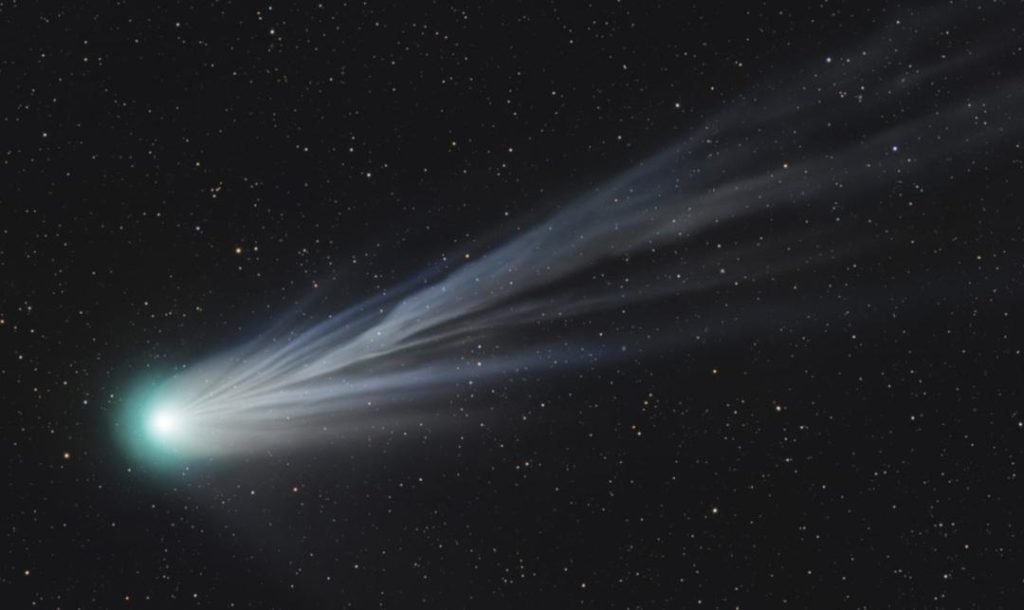
Devil Comet might be source of Earth’s water: Study
In a groundbreaking discovery, scientists have found that Comet 12P/Pons-Brooks, also known as the “devil comet”, may have played a crucial role in providing Earth with its water. The comet, which is part of the Halley-type family, contains water with a deuterium-to-hydrogen ratio nearly identical to that found in Earth’s seas. This finding supports the theory that Halley-type comets contributed to making Earth habitable.
Comet 12P/Pons-Brooks, also known as the “devil comet”, is a large comet that was first discovered in 1819. It is estimated to be around 5 kilometers in length, making it roughly the size of Mount Everest. Despite its large size, the comet is not as well-known as some of its more famous counterparts, such as Halley’s Comet. However, its discovery has significant implications for our understanding of the origins of Earth’s water.
According to a study published in the journal Science, the comet’s water vapor is directly linked to its nucleus, ruling out chemical processes in its coma. This means that the water vapor is not the result of chemical reactions between the comet and its surroundings, but rather it is a natural part of the comet’s composition.
The study’s lead author, Dr. Albert Vidal, explained that the discovery is significant because it provides evidence that Halley-type comets, like Comet 12P/Pons-Brooks, may have played a role in delivering water to Earth. “This is the first time we’ve seen a comet with a deuterium-to-hydrogen ratio that is so close to that of Earth’s oceans,” Dr. Vidal said. “It’s a strong indication that comets like this one may have contributed to the delivery of water to our planet.”
The study’s findings are based on observations made by the Hubble Space Telescope and the European Space Agency’s Rosetta spacecraft. The data collected by these spacecraft allowed scientists to study the comet’s composition and determine the ratio of deuterium to hydrogen in its water vapor.
The significance of the study’s findings cannot be overstated. If Comet 12P/Pons-Brooks is indeed the source of Earth’s water, it would provide strong evidence for the theory that comets played a crucial role in making Earth habitable. The theory, known as the “cometary hypothesis”, suggests that comets delivered water and other essential nutrients to Earth, allowing life to emerge and thrive.
The study’s findings are also significant because they provide new insights into the composition of comets. While comets are known to contain water, the deuterium-to-hydrogen ratio in their water vapor is typically much higher than that found in Earth’s oceans. The discovery of a comet with a deuterium-to-hydrogen ratio so close to that of Earth’s oceans challenges our current understanding of cometary composition and highlights the complexity of these celestial bodies.
In conclusion, the study’s findings are a significant breakthrough in our understanding of the origins of Earth’s water. The discovery of Comet 12P/Pons-Brooks, also known as the “devil comet”, and its deuterium-to-hydrogen ratio nearly identical to that of Earth’s seas, provides strong evidence for the theory that Halley-type comets contributed to making Earth habitable. Further research is needed to confirm the study’s findings and to better understand the role of comets in shaping our planet’s history.
Source:






